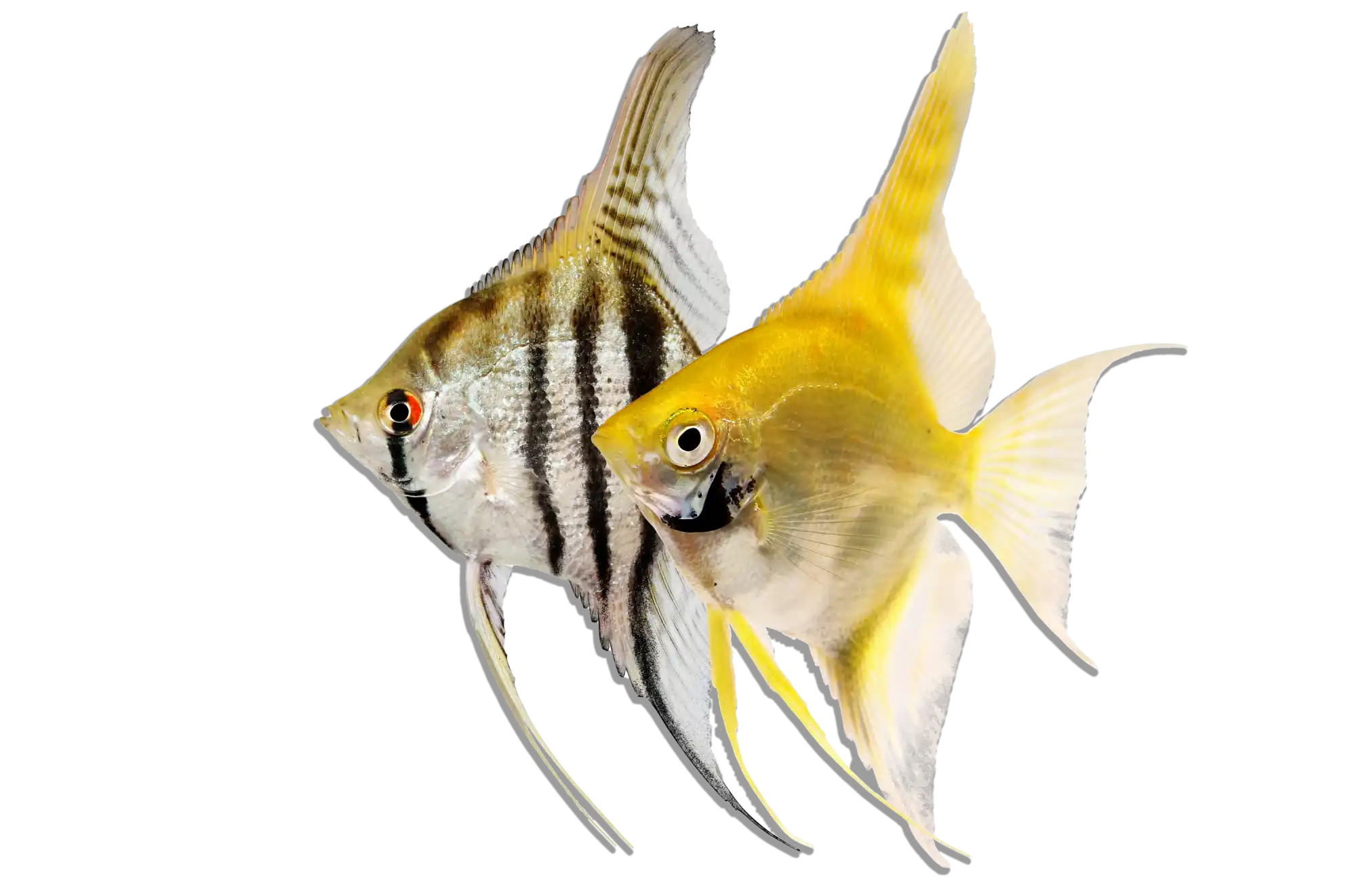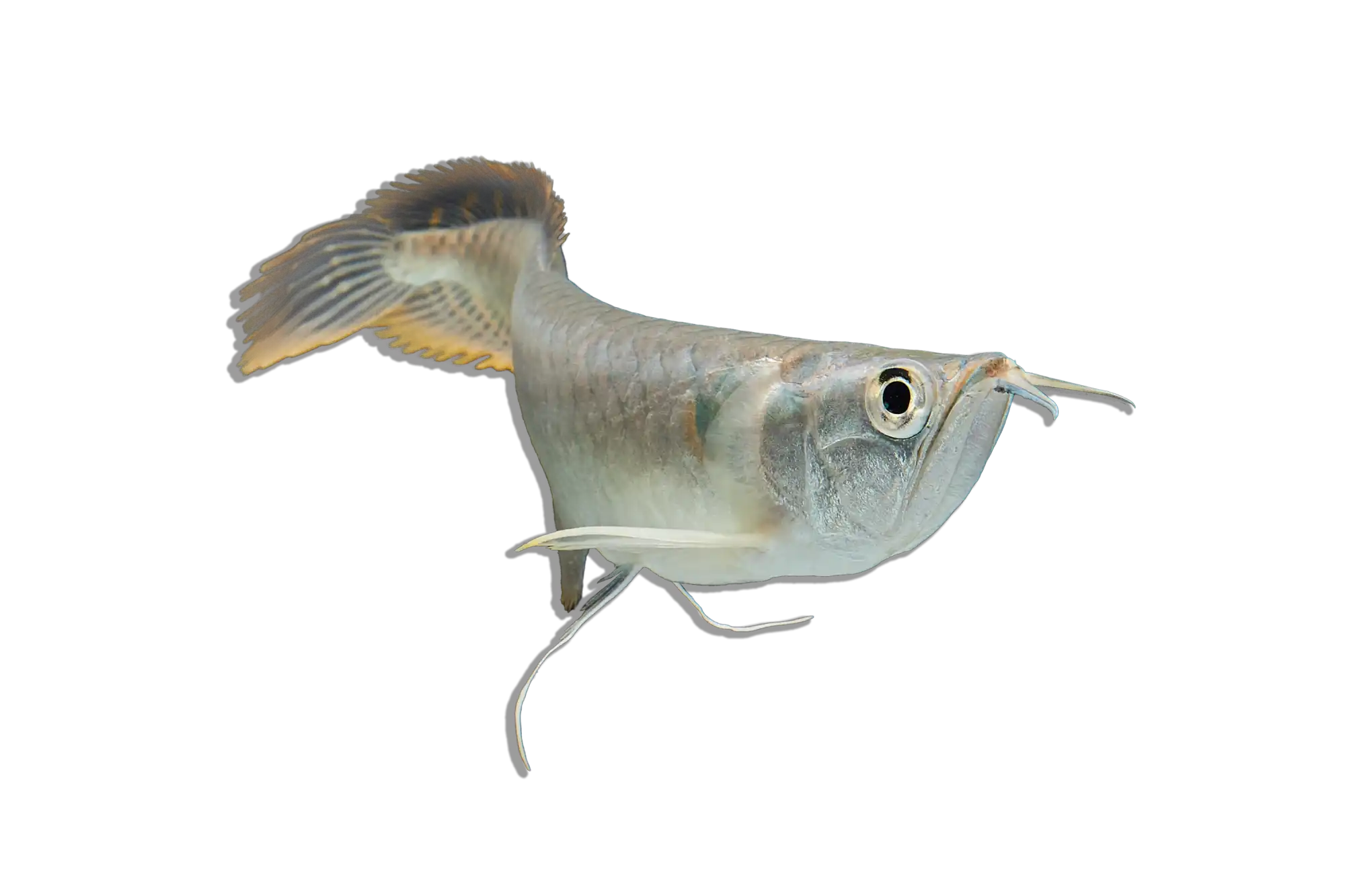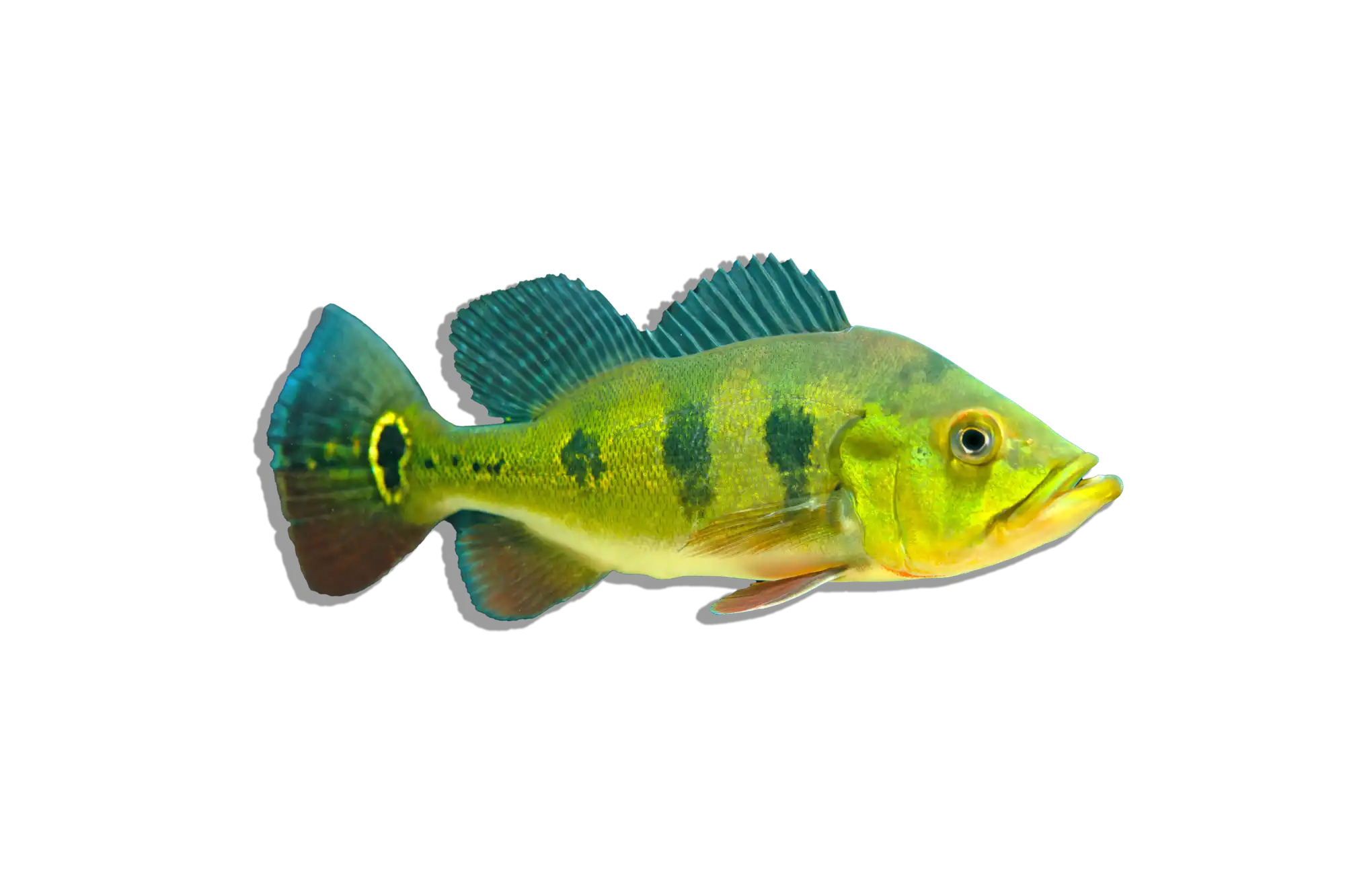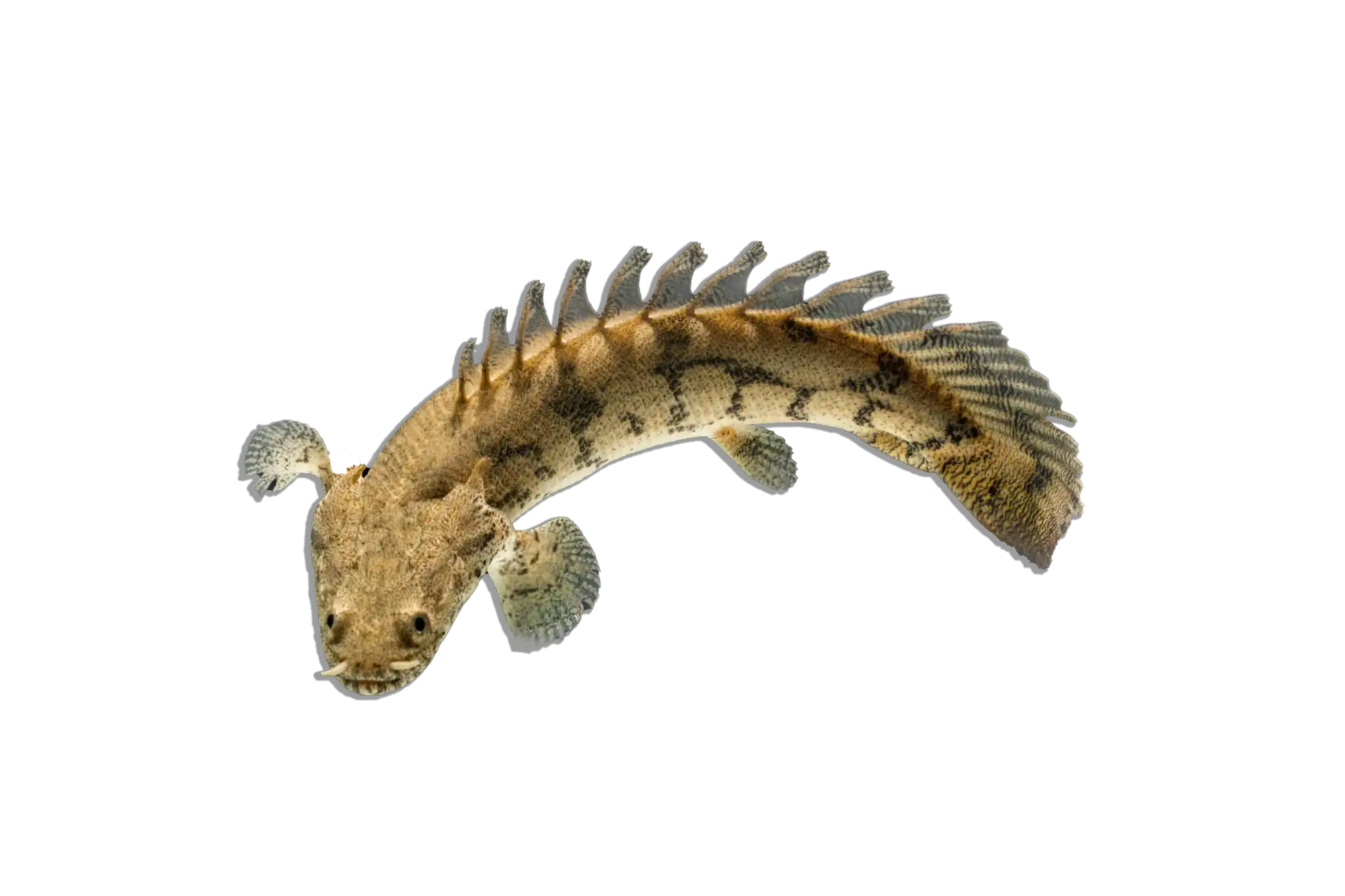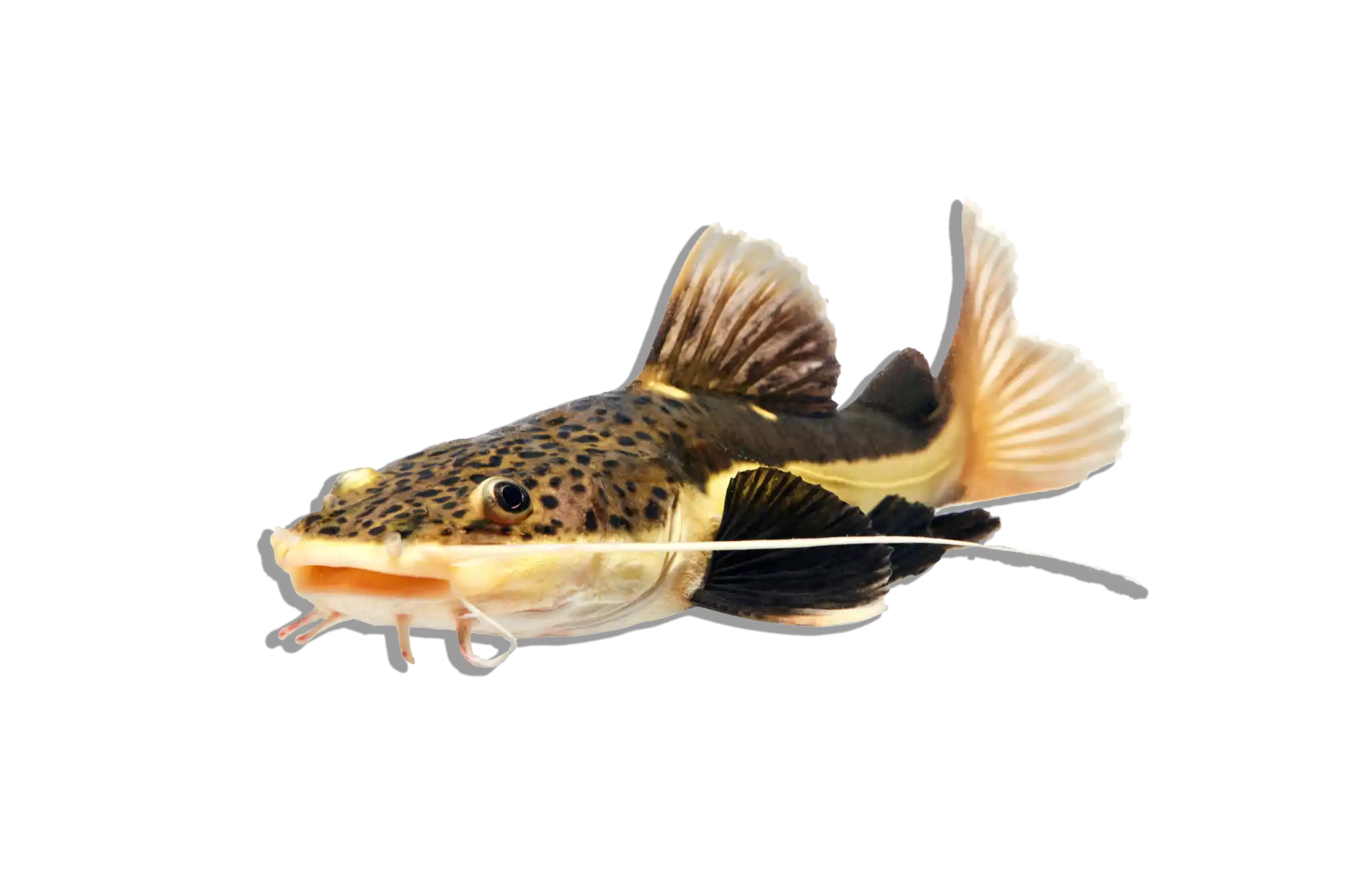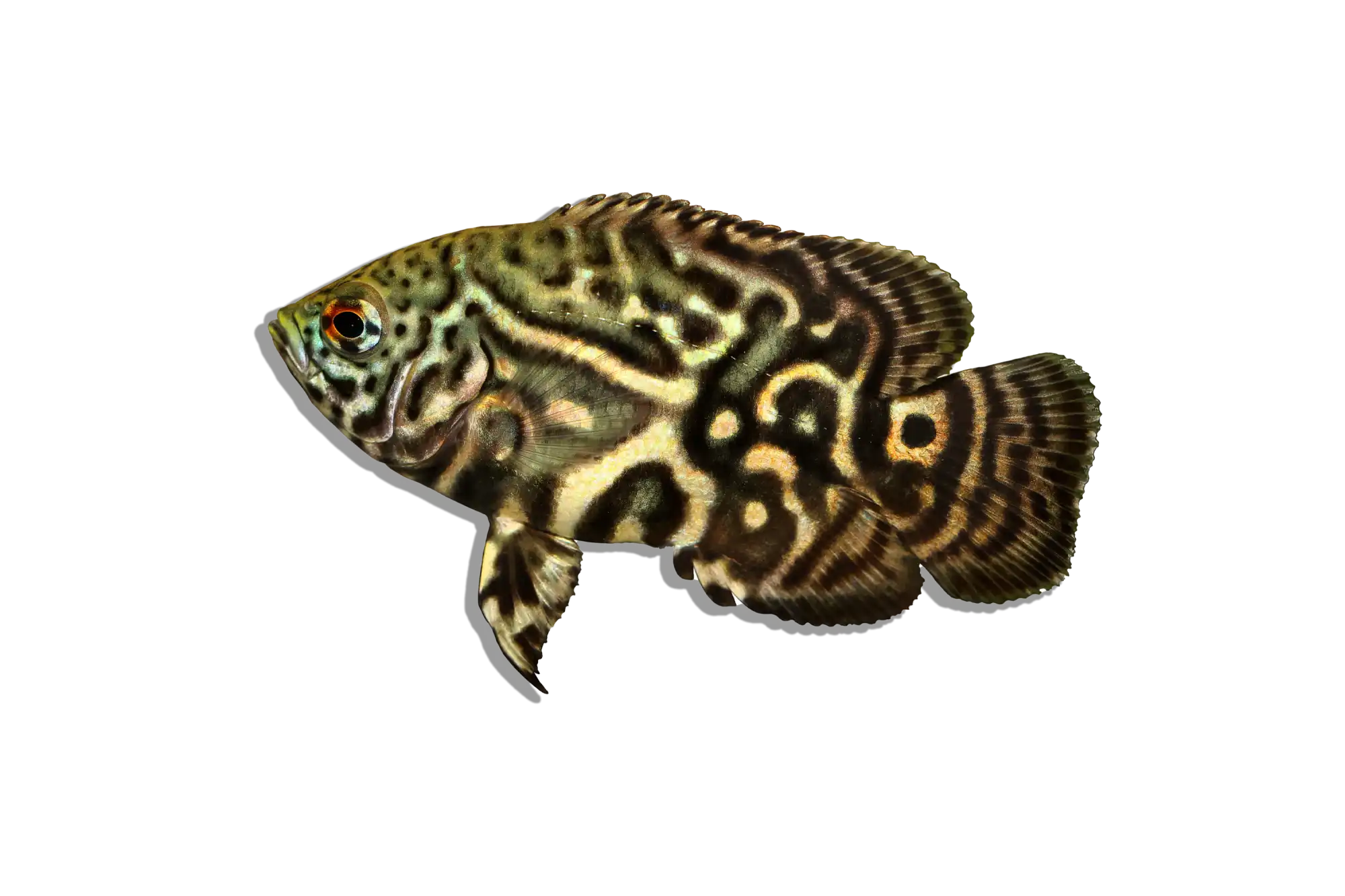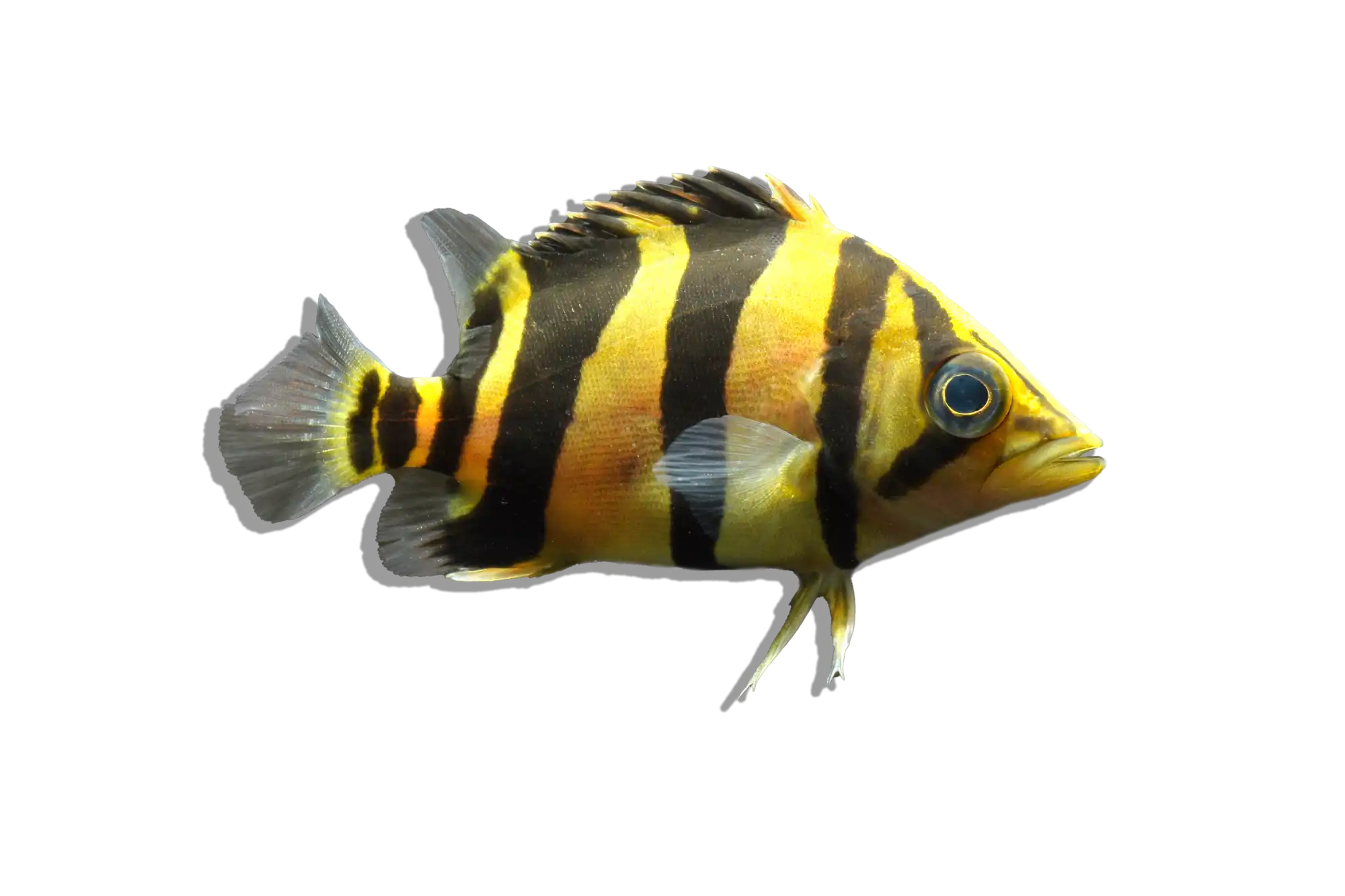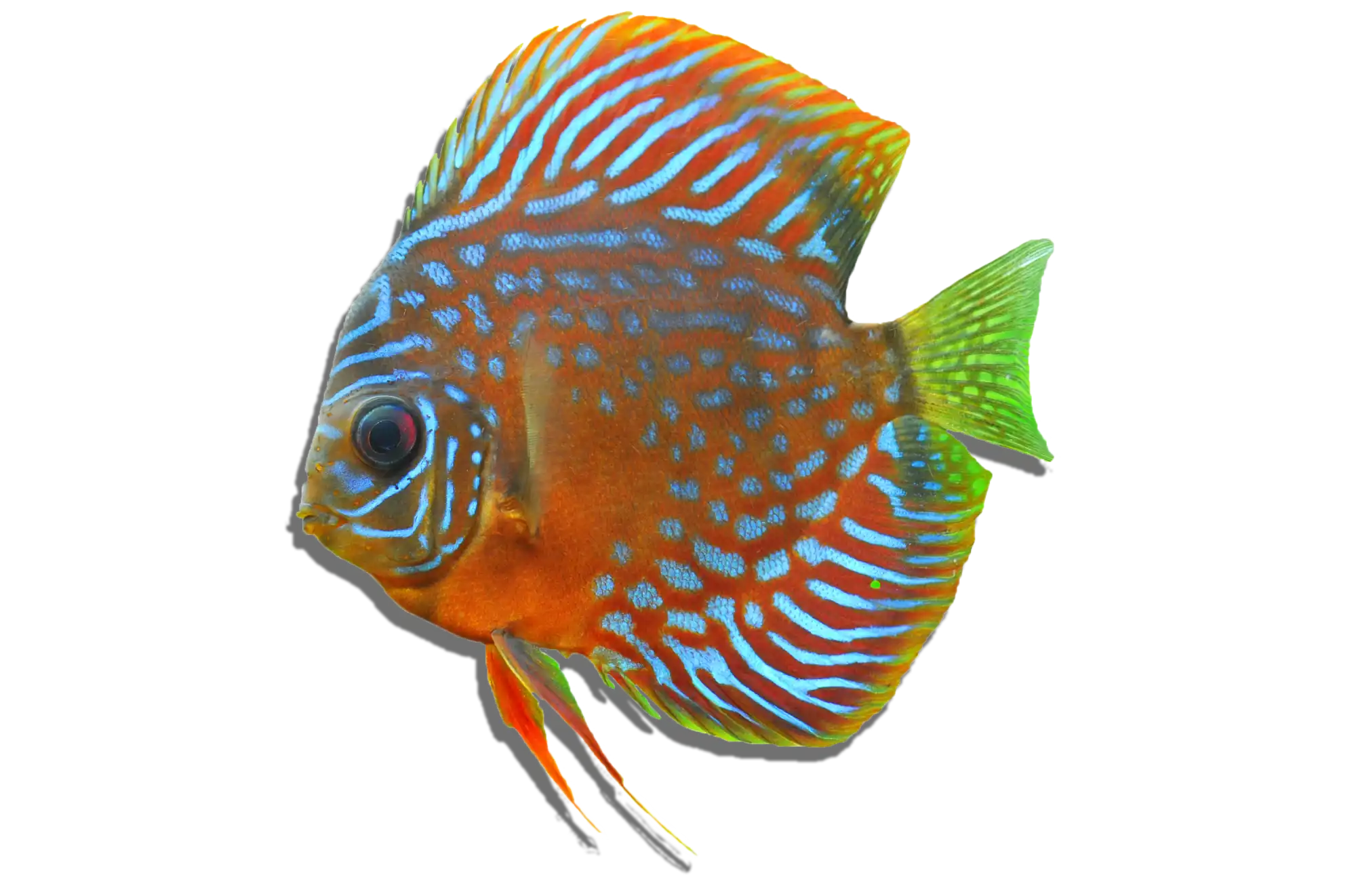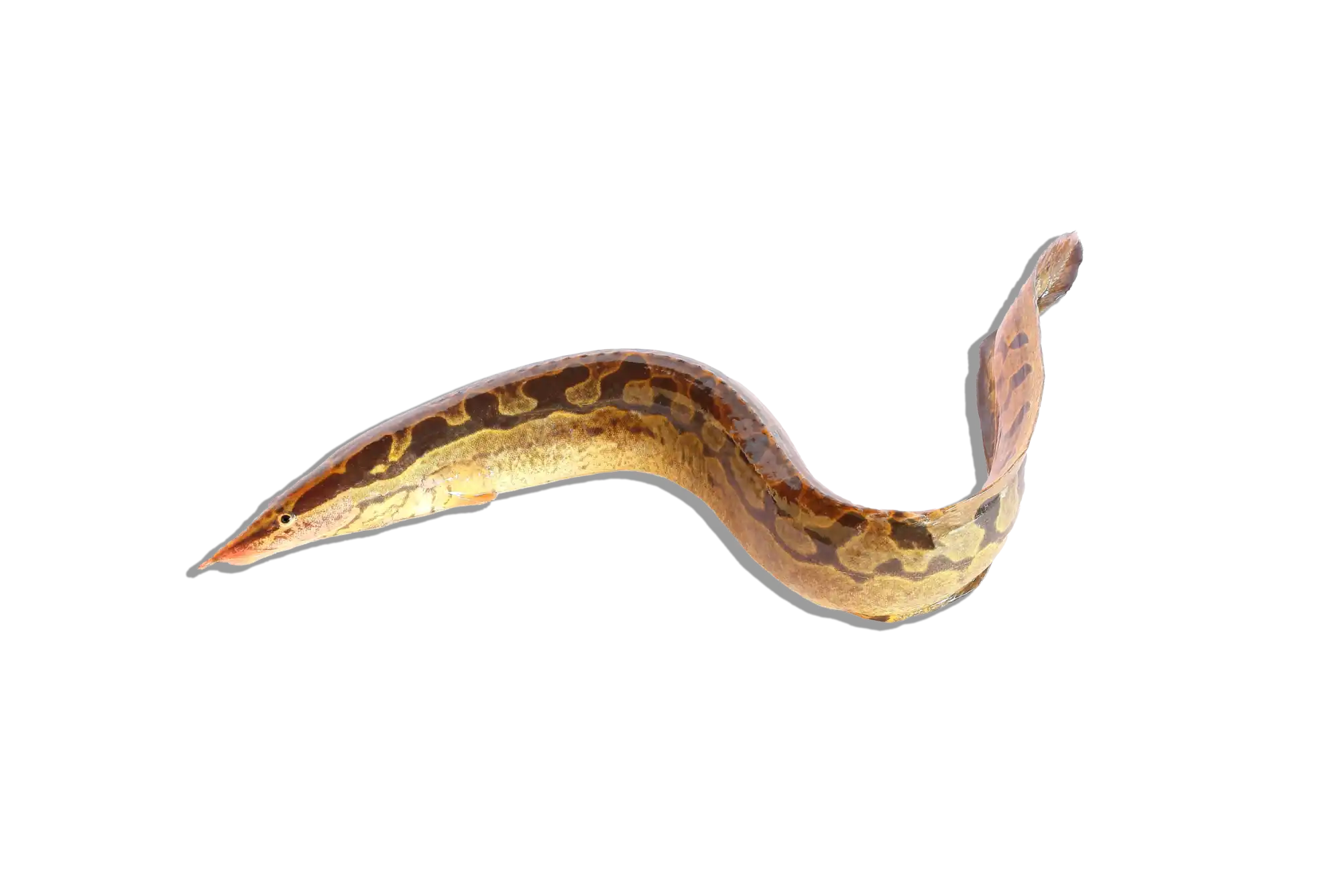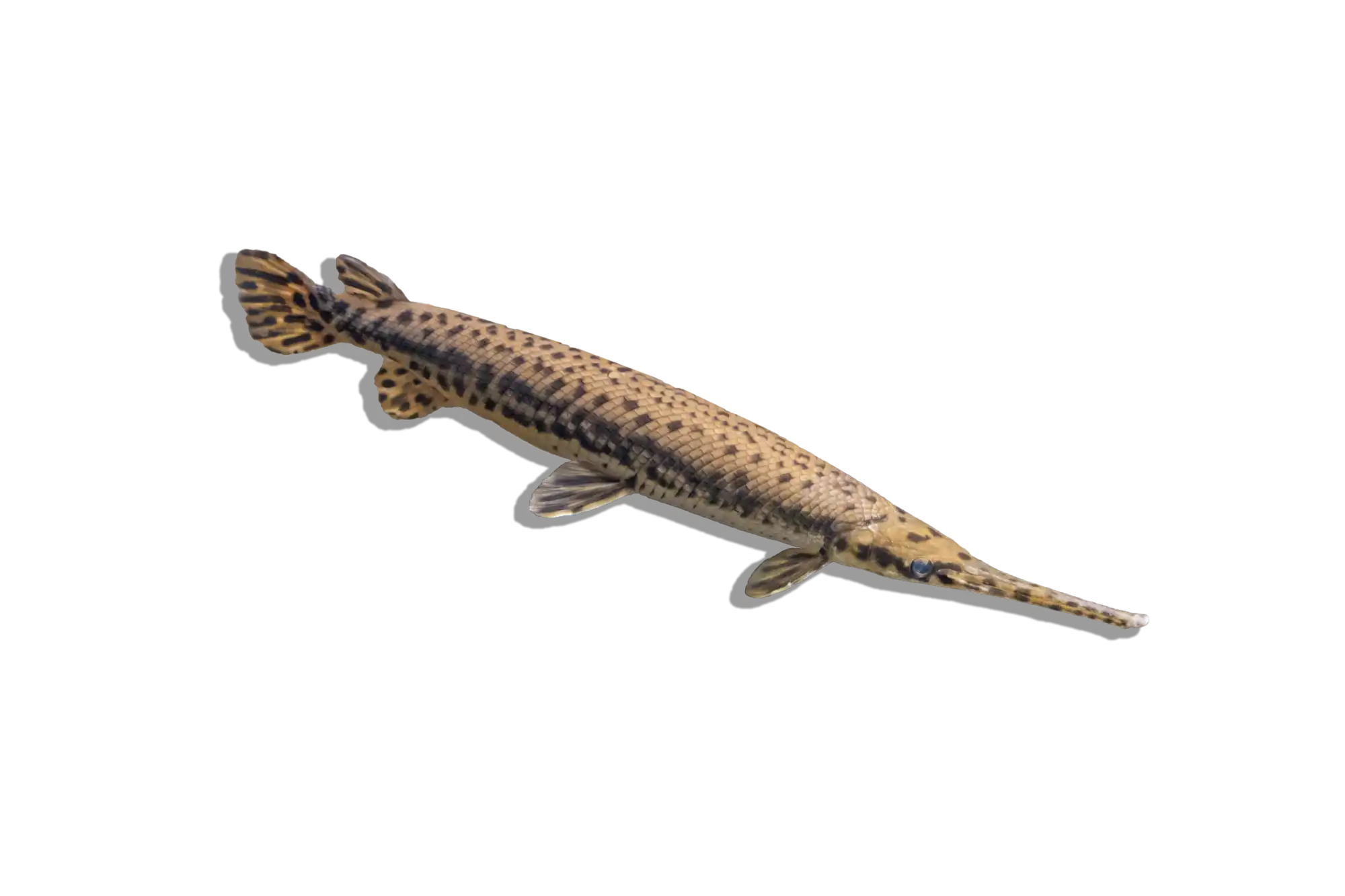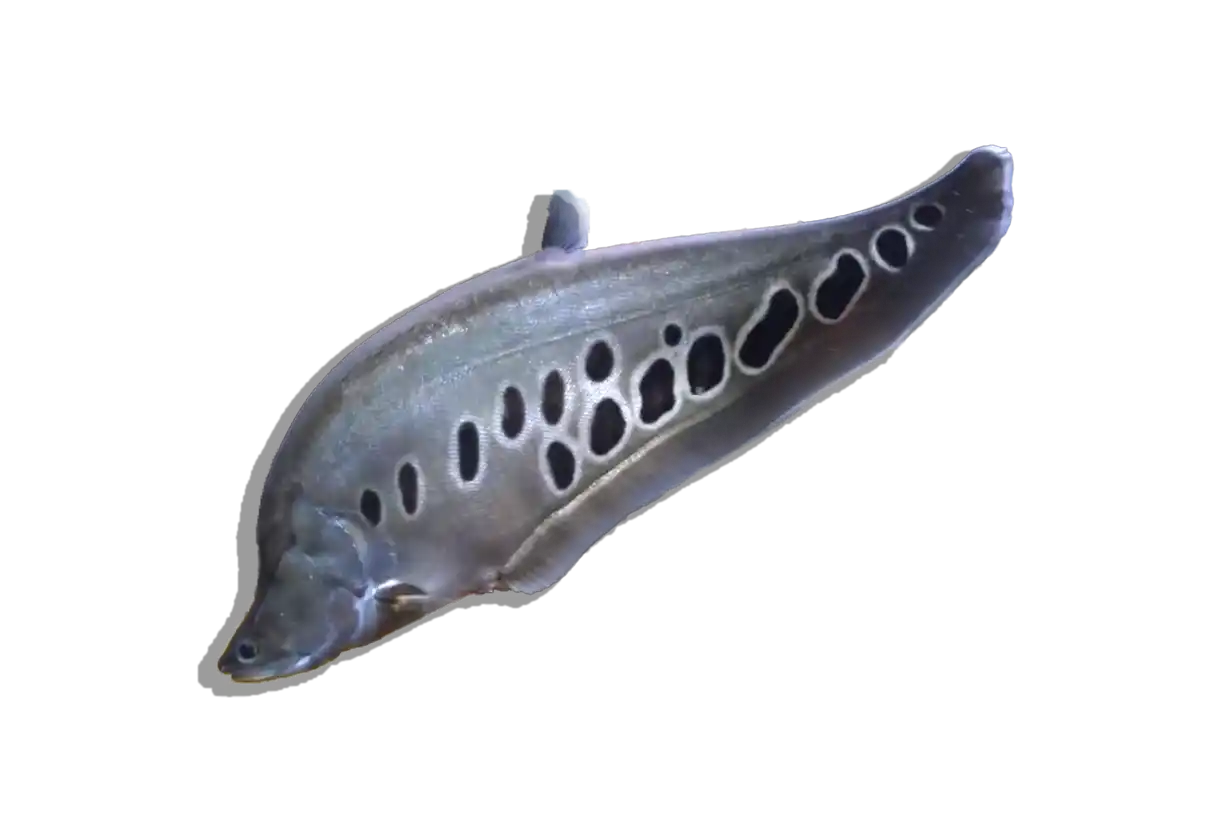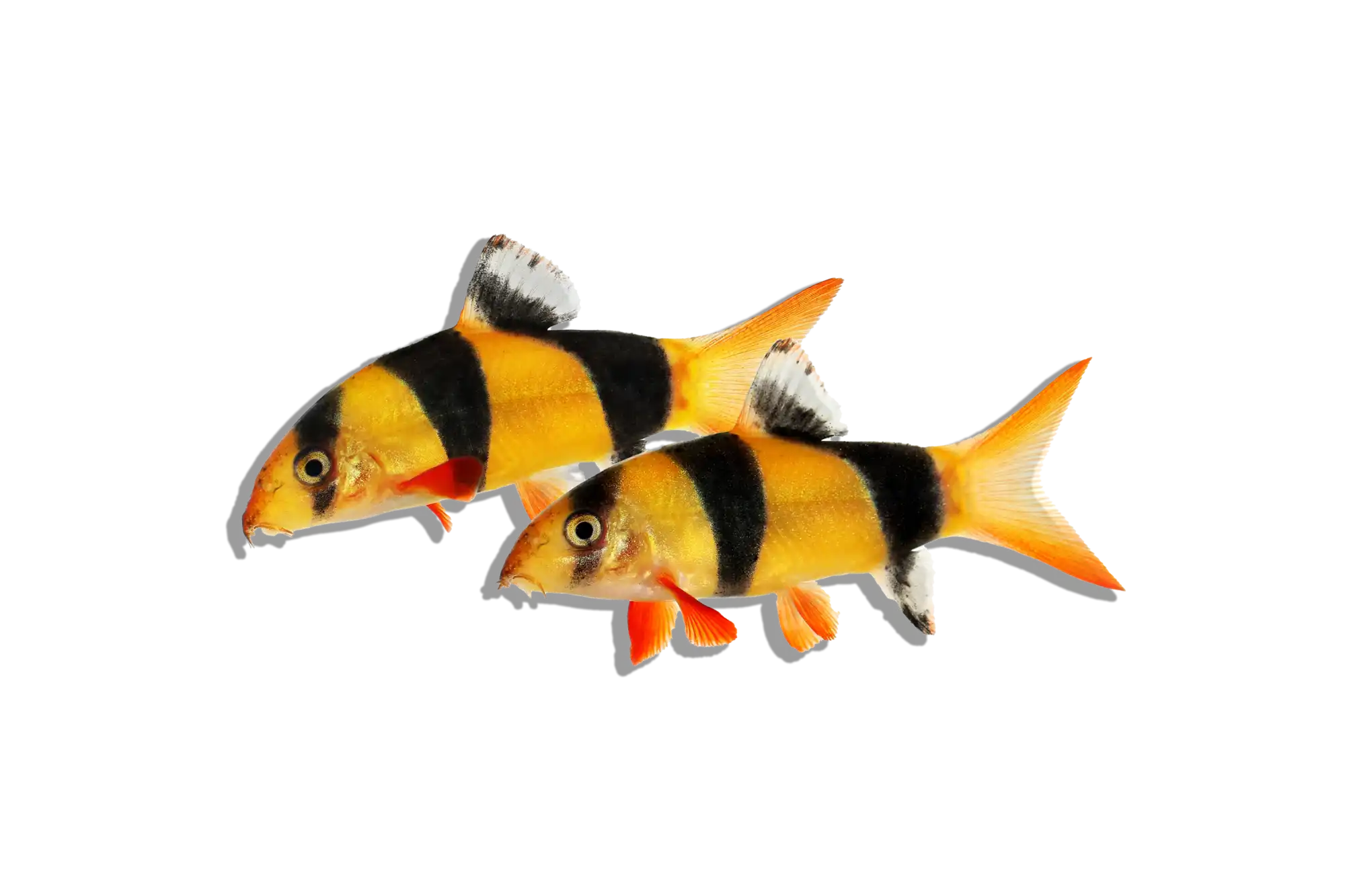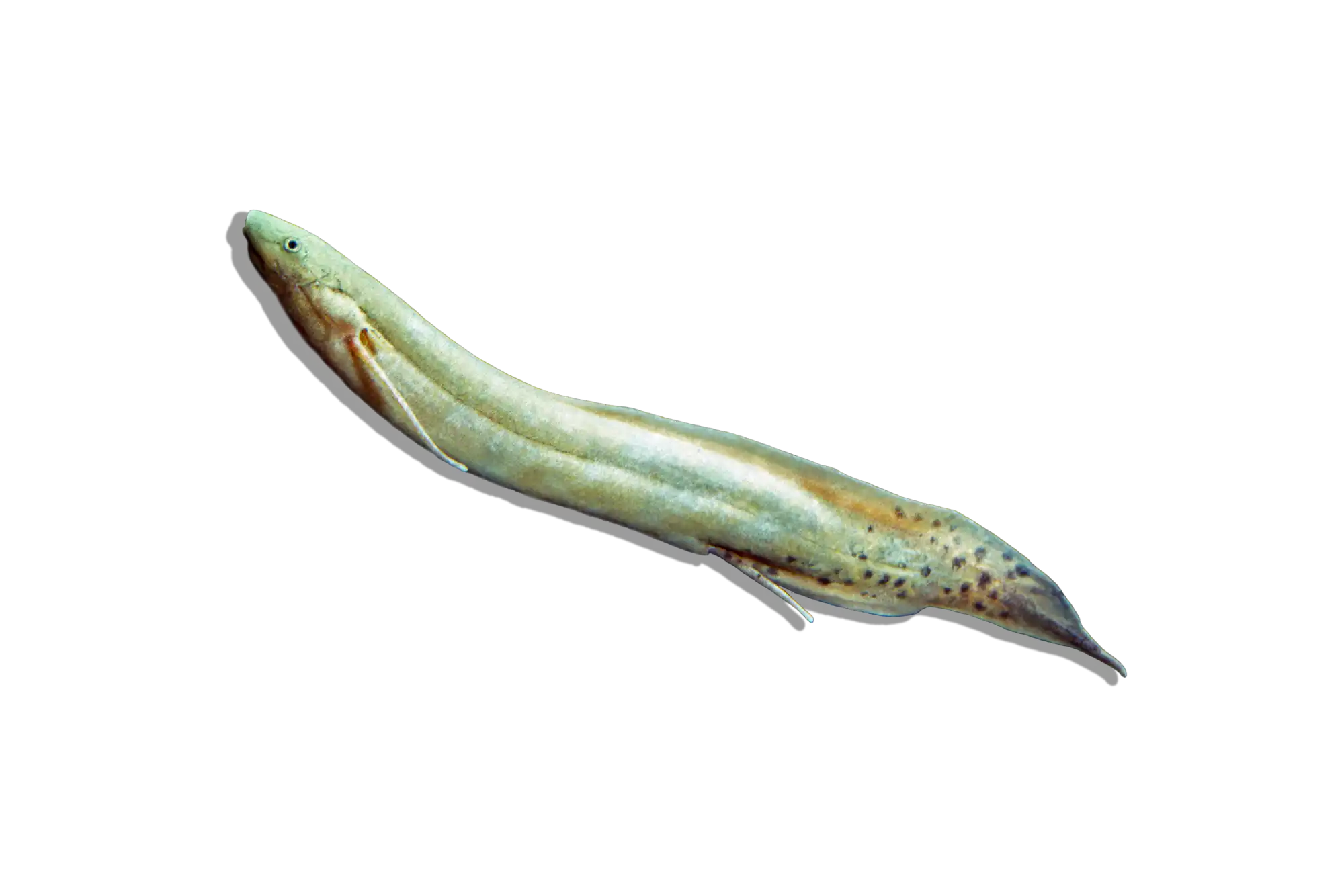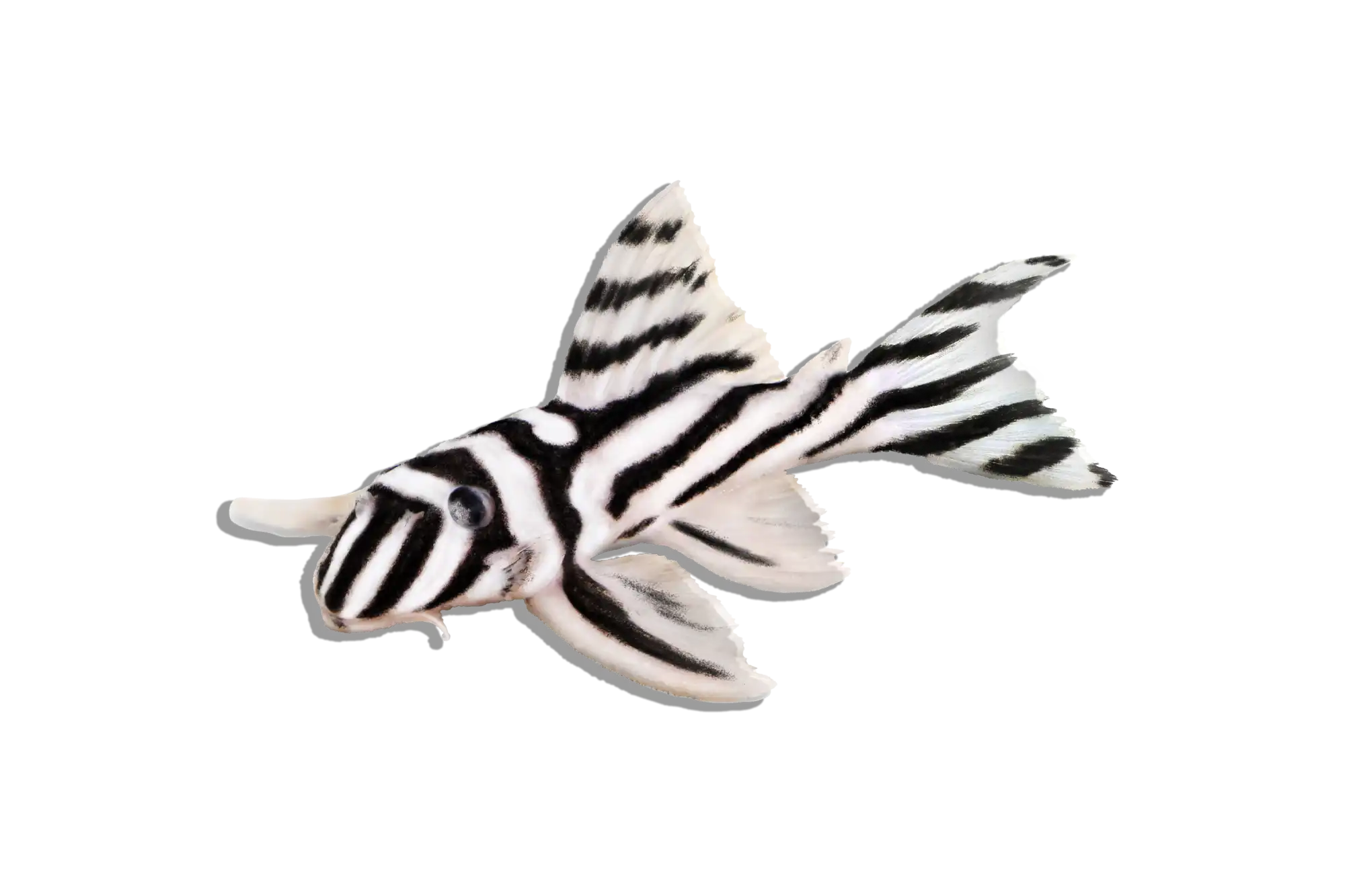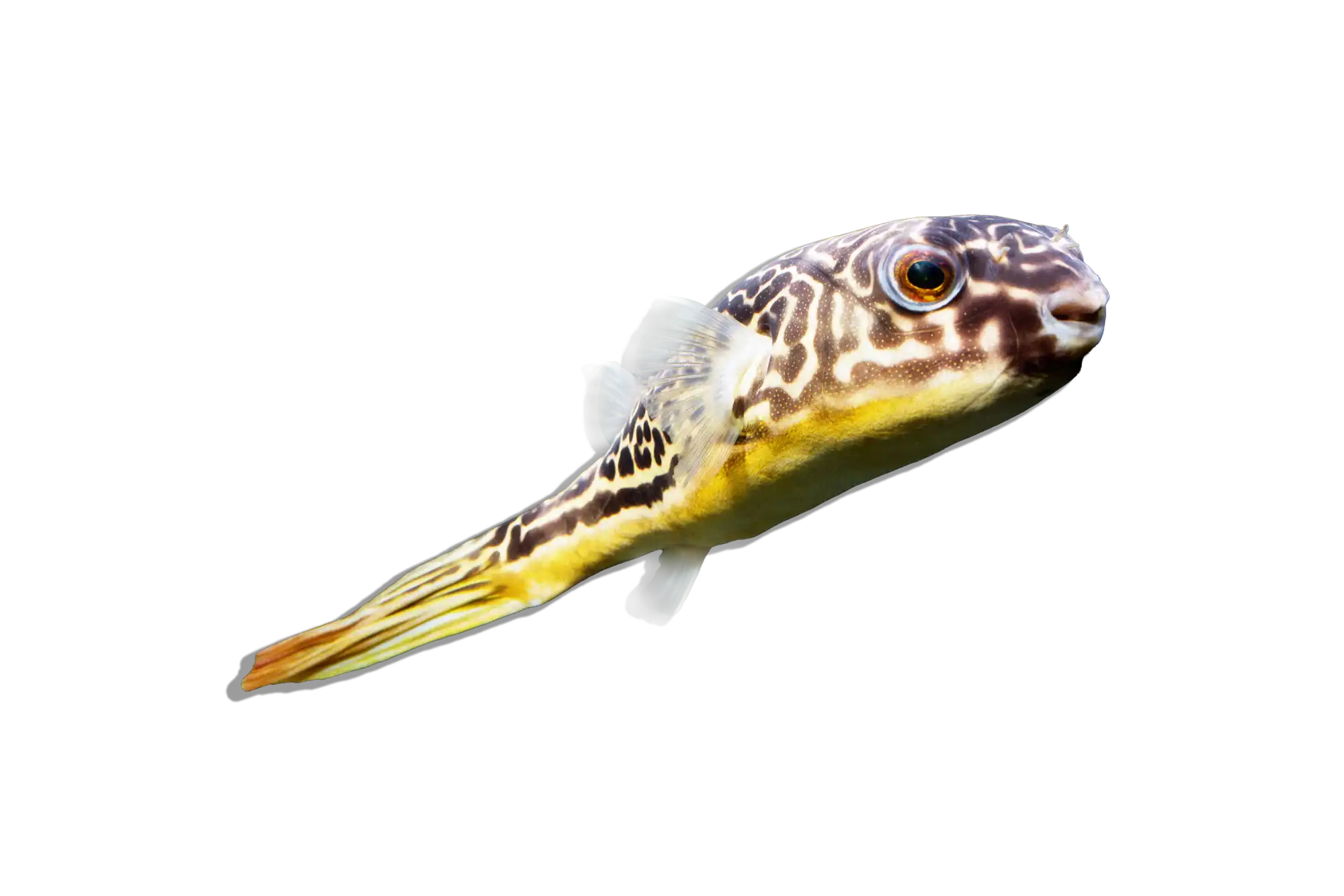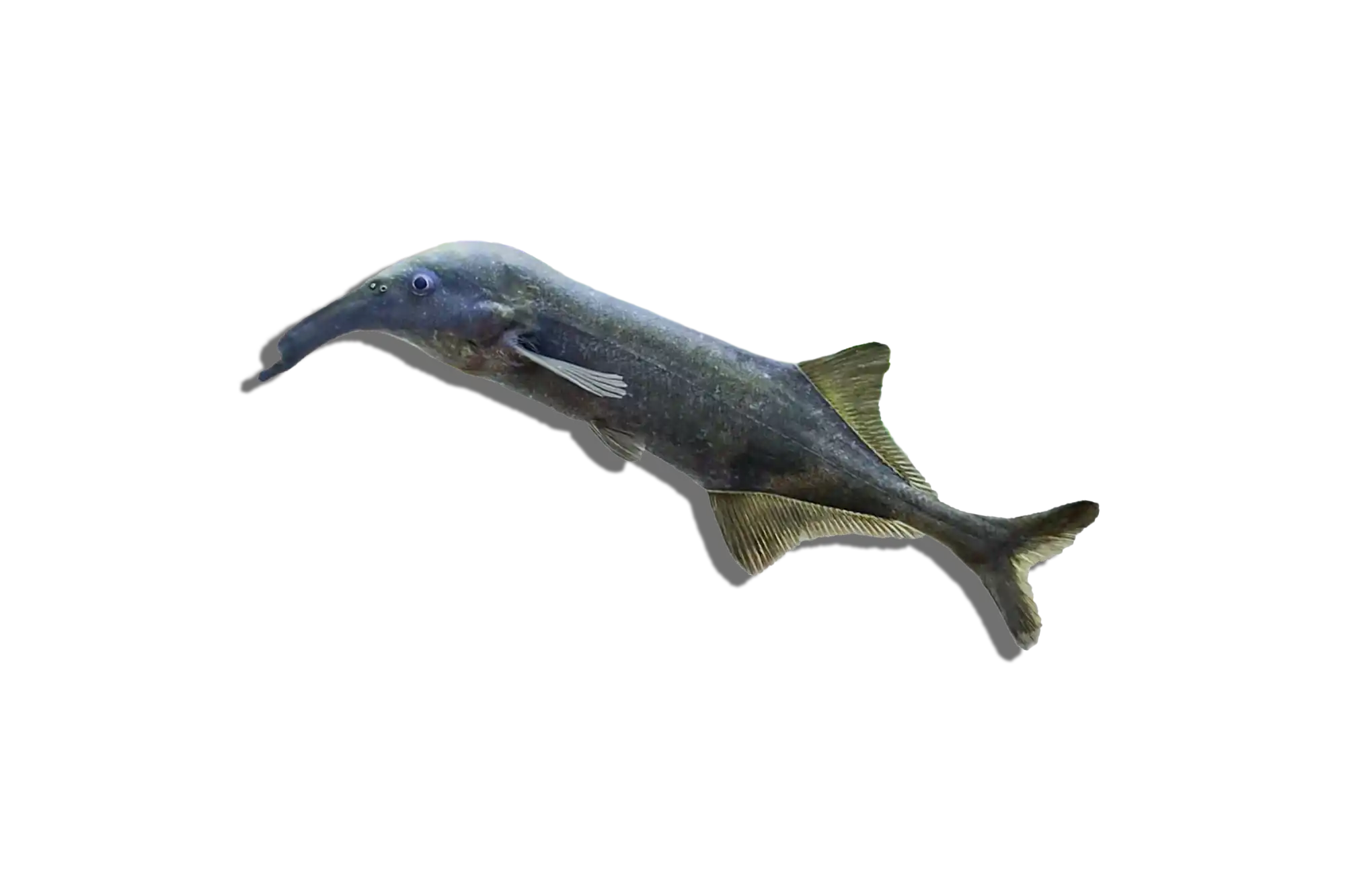Description
Common Name: African Moon Fish
Scientific Name: Citharinus latus
Other Names: Moonfish, Silver Moonfish
The African Moon Fish is a distinctive and elegant freshwater fish known for its laterally compressed, disc-shaped body and shiny silver coloration. This species has a unique, moon-like appearance with a high, arched back and a small mouth, making it a striking addition to any large aquarium. African Moon Fish are active swimmers and generally peaceful, making them suitable for community tanks with other similarly sized fish.
Habitat and Distribution: The African Moon Fish is native to various river systems in West and Central Africa, including the Niger, Nile, and Congo River basins. These fish inhabit slow-moving rivers, floodplains, and freshwater lakes with plenty of vegetation and submerged structures. The water in their natural habitat is typically warm, soft to moderately hard, and slightly acidic to neutral, with a sandy or muddy substrate.
Size and Lifespan: In the wild, African Moon Fish can grow up to 20 inches (50 cm) in length. In captivity, they typically reach around 12-16 inches (30-40 cm). Their lifespan can range from 10 to 15 years, depending on the care and conditions provided in the aquarium. Ensuring a proper diet, clean water, and adequate space are crucial for their longevity and well-being.
Diet and Behavior: African Moon Fish are omnivorous, feeding on a variety of foods in the wild, including small invertebrates, plant matter, and detritus. In an aquarium, they should be provided with a varied diet of high-quality pellets, flakes, live or frozen foods such as bloodworms and brine shrimp, and vegetable matter like spinach or peas. These fish are generally peaceful and can be kept in groups, although they may exhibit some territorial behavior, especially during feeding times. They are active swimmers and require plenty of open space for swimming.
Breeding and Reproduction: Breeding African Moon Fish in captivity is rare and challenging due to their size and specific environmental needs. In the wild, they are known to spawn during the rainy season, with the female laying eggs in shallow, vegetated areas. Creating similar conditions in captivity, such as slightly cooler water and increased water changes to simulate the rainy season, might encourage spawning behavior. However, successful breeding in home aquariums is uncommon and typically requires a large, specialized setup.
Aquarium Care and Tank Requirements: To keep African Moon Fish, a large aquarium of at least 200 gallons is recommended to provide ample swimming space and accommodate their size. The tank should include plenty of plants, driftwood, and hiding spots to mimic their natural habitat and reduce stress. A sandy or fine gravel substrate is ideal, along with moderate water flow to simulate river conditions. Efficient filtration and regular water changes are essential to maintain water quality. Providing ample open space for swimming is crucial for their well-being.
Ideal Tank Mates: African Moon Fish can be kept with other large, peaceful fish that share similar water parameter requirements. Suitable tank mates include large tetras, peaceful cichlids, and non-aggressive catfish. Avoid housing them with very small fish, which may be seen as prey, or overly aggressive fish that may bully or stress them.
Difficulty Level: Intermediate to Advanced. While they are hardy and adaptable, their large size, specific dietary needs, and requirement for ample swimming space require attentive care and a well-maintained aquarium.
Water Parameters:
- Temperature: 75-82°F (24-28°C)
- pH: 6.0-7.5
- General Hardness (GH): 4-12 dGH
- Carbonate Hardness (KH): 2-8 dKH
- Ammonia: 0 ppm (ideal), up to 0.25 ppm (max)
- Nitrite: 0 ppm (ideal), up to 0.25 ppm (max)
- Nitrate: <20 ppm (ideal), up to 40 ppm (max)
Additional Information:
- The African Moon Fish's unique shape and active swimming behavior make it a captivating addition to any large aquarium, providing both visual interest and dynamic movement.
- These fish are known for their peaceful nature, making them suitable for community tanks with other large, non-aggressive fish.
- In their natural habitats, African Moon Fish play a role in controlling populations of small invertebrates and contributing to the overall health of the aquatic ecosystem.
- Fun fact: The African Moon Fish's reflective, silver coloration helps it blend into its environment, providing camouflage from predators in the wild.

